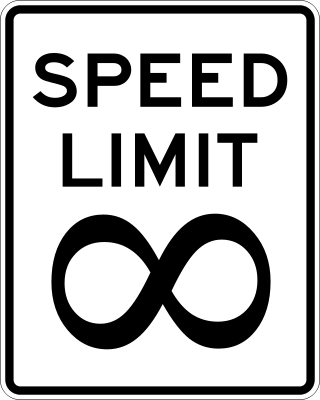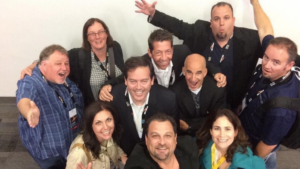A driver on the road has so much to consider around them, including both the bad drivers and the good ones. Keeping your eyes on the road, and what’s in front and behind you, is what we’re all taught in order to be effective drivers. There are drivers like me who drive too fast (yes, I need to slow down), navigating simultaneously with some very slow drivers. Add in the pedestrians – the people on the sidelines observing everything – and the unexpected, directional signs and distractions – and the landscape around your vehicle becomes pretty complicated. The speed at which the social web operates is so closely tied to our lives on the road. Too much, too little, not at all or just enough. Which one are you?

The answer is really simple: listen. Just as you look at the road ahead, behind and beside you, in social it’s the same. When you pay attention to the social road through listening, you build your business with context. And just when the road starts to get rough, your driving expertise is challenged to heighten your awareness and listen, participate, and test your message. Rocky terrain requires skill and expertise, but it takes practice to learn where the potholes and pitfalls reside.
Listening is a skill in life and on the Internet; it allows you to understand what’s going on across your social channels, that together build your social presence, or as I call it, your “digital body language”. I’ve sat on several conference panels talking about how to hone your skills in this new social era, and how to be ready to graduate to “real-time marketing”. Consider this a new lane in the social road. Chris Brogan, just wrote (and I agree), that “a response on social media is marketing.” But are most companies ready and enabled to approach social in this way? Short answer: No. I believe they are divided into 3 very distinct categories, mostly driven by various levels of fear. 1) Fear of not being on social media so they jump right in without a plan. 2) Fear of saying the wrong thing so they don’t take part at all. 3) Fear of what engaging means for their company so they use social as a one-way conversation.
The reality is that regardless of a business’ level of confidence on social, the one constant that you can’t control is that people will continue to be increasingly social. So whether you choose to participate or not, someone else will (see growth and sharing numbers above). In other words, if you freeze behind the social wheel, your competition will fly right by you, like it or not.
KEY TAKEAWAY: Just like learning to drive, the social road requires awareness, experience and practice. When you have confidence, a roadmap and destination in mind, getting there is all the fun.
Image Source: The Happy Accident





